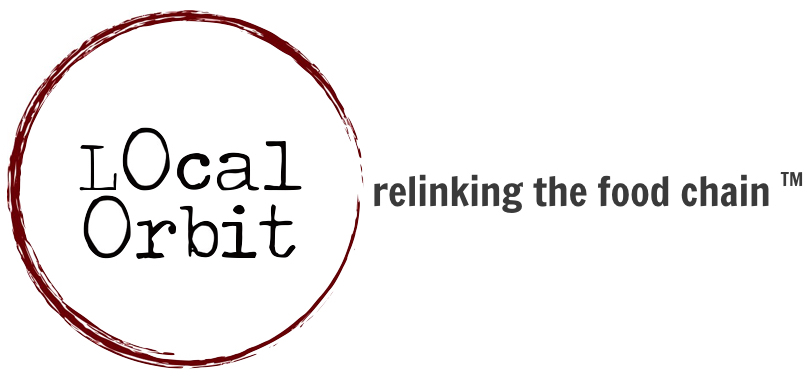
The Cost of Indecision
Ever struggled to get your organization to consider a change or have your organization evaluate a change and then stall on taking next steps? Identifying the cost of indecision can reduce the organizational inertia that prevents you from moving forward.
When evaluating change, most organizations focus on future benefits: increased revenue, reduced costs, improved customer satisfaction, or achieving organizational sustainability goals (increased local and sustainable food purchasing). Attention quickly focuses on the relative certainty (or uncertainty) of these benefits. And because every change involves some level of uncertainty, the risk of taking action and not achieving the proposed benefits quickly dominates the conversation. This is typically when the process slows down and indecision takes hold. In contrast, the potential outcomes related to not taking action tend to be more certain. This increased certainty can be used to reduce indecision.
The cost of indecision, or the opportunity cost of taking no action, is a combination of the size and probability of not changing and the conservative estimate of the future benefit.
An example:
A corporate dining director has experienced food cost increases of $50,000 over the last year with no changes in menu composition or meal volume. If no change occurs, it’s certain that they will increase by the same amount next year. Changing the menu composition will result in a 25% chance of $25,000 annual cost reduction and 75% chance of a $75,000 annual cost reduction.
The cost of indecision is $112,500 or $9,375/month calculated as follows:
[$50,000 X100%]+ [($25,000*25%) +($75,000 *75%)] = $112,500/12=$9,375 per month
This number represents the cost to the organization each month that no action is taken. This calculation could be used with any metric not just costs and provides a higher level of certainty than just using future benefits
- Tips to creating a credible cost of indecision:
- Identify the stakeholders in the change process – Who will be impacted by the change? – accounting, sales, operations, customers, partners, etc.
- Identify the current measures and metrics that are impacted by the change – know the metrics for stakeholders outside your specific area of specialization.
- Focus on incremental changes that reduce uncertainty and increase the probability of the outcome.
- Make the cost of indecision visible from the beginning to the end of the evaluation process – recognizing that it will change as you get new information.
Having the cost of indecision visible to decision makers as the organization progresses through the evaluation process puts a value on the timeliness of the decision and can be a powerful incentive to take action. It’s an important part of managing change in your organization, and can help you commit to hard choices that will bring substantial benefit.




